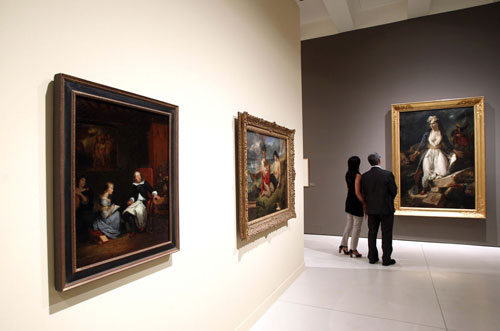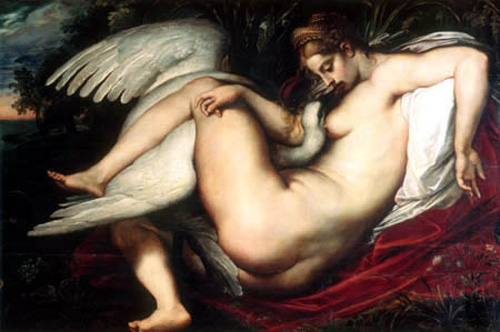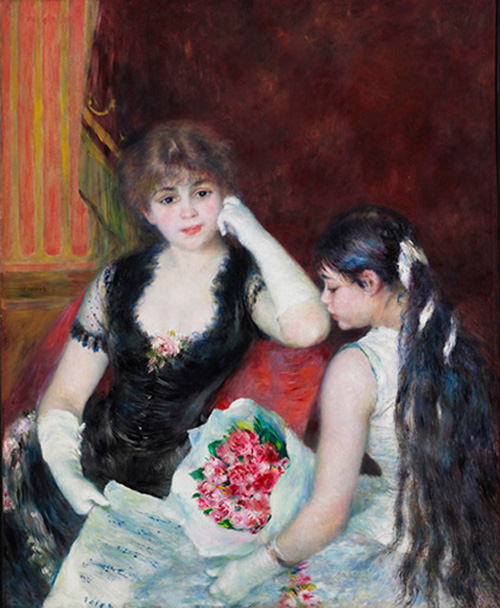The work of Francisco de Goya (1746-1828), who almost unanimously is regarded as one of the most important and influential painters of all time, is inevitably associated with Madrid, where not only some of the most famous painting scenes happened, but also because it remains the largest and most significant part of his work. Since Delacroix It is not unusual the pilgrimage of artists from around the world to the Prado Museum to study the Spanish master in depth, at this prestigious Museum in Madrid, which is little less than a Goya museum itself.

This close association with the capital of Spain comes, apart from the astonishing quality of the extraordinary works part of the exhibition Goya. Lights and shadows at CaixaForum Barcelona until the 24th of June(http://obrasocial.lacaixa.es/nuestroscentros/caixaforumbarcelona/goya_es.html) as a way to commemorate its tenth anniversary. No wonder the last Goya’s retrospective exhibition of in the city took place nearly 40 years ago. This is also the first of four major exhibitions in close collaboration with the Prado Museum in Madrid, La Caixa plans to organize over the next four years.
Although the exhibition doesn’t have the ambition to be exhaustive, because inevitably there will be a number of masterpieces missing, the fact is that with over a hundred pieces carefully selected the exhibition, people can give a quick glance at all the artist´s career, both as extraordinarily rich on topics and issues (self-portraits, portraits and portraits of court with chilling power of psychological insight, daily-routine scenes and festive, historical scenes of large quasi-documentary, disillusioned and bitter reflections, social criticism and allegations of war …) treated in a very realistic way, largely symbolic, as it has to do with his technique (in Goya´s work the oldest precedent of later movements such as impressionism and expressionism have been seen) and diverse formats, from oil painting (The clothed maja) to cartoons for tapestries (el Quitasol) through prints and drawings (The series Los Caprichos and The Disasters of War), depending on the recipients.
This is precisely one of the areas in which there is more emphasis in the exhibition; the astonishing richness of Goya’s thematic and technical resources as well as stress in the production between the works carried out on request and those motivated by his own need to express himself freely, that somehow reflects some ideological contradictions between different members of the class that the artist frequented, particularly in the distorted extreme of the Napoleonic Wars in Spain.
All this without losing sight of the points of contact with a number of artists who consider him as the first modern painter. Perhaps you would like to visit this exhibition when you rent apartments in Barcelona

 English
English

